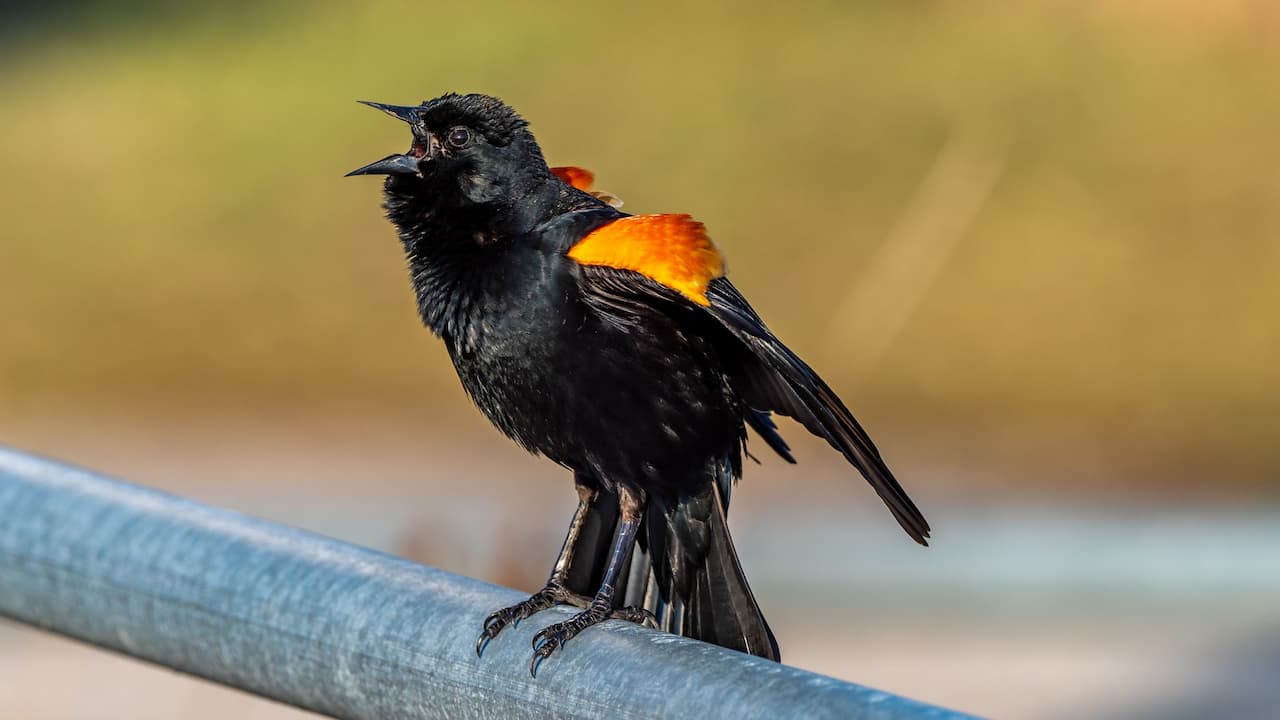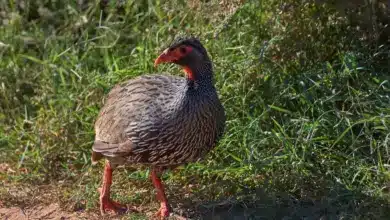Madagascar Snipes
The Madagascar Snipes, Gallinago macrodactyla, is a small stocky wader. It breeds only in the humid eastern half of Madagascar, from sea level up to 2,700 m, being more common above 700 m. It is non-migratory.
Description
This is a large and heavy snipe 29-32 cm long with a stocky body and relatively short legs for a wader. Its upperparts, head, and neck are streaked and patterned with bold dark brown stripes and gold edges to the feathers forming lines down its back. The belly is white, with some brown barring on the flanks but never on the belly. The blackish bill is very long, straight, and fairly robust. The legs and feet are yellowish-olive to greenish-grey. Males and females look alike, and immatures differ only in showing buff fringes on the wing coverts.
The Madagascar Snipe makes a hoarse hlip call as it takes off. In flight, it has a narrow grey trailing edge on the wing and a very dark underwing.
The Madagascar Snipe has never been recorded elsewhere, and no other snipe species have yet been recorded on Madagascar. Common Snipe is smaller, and has a paler underwing, and white trailing edge on the wing. Pintail Snipe is similar in plumage to the Madagascan species but is smaller, shorter-billed, and shorter-tailed. The African Snipe is similar in build to the Madagascar Snipe but has an obvious white trailing edge on the wing. All the snipes that are potential vagrants to Madagascar have a faster, lighter flight than the resident species.
Behavior
The Madagascar Snipes breeds in marshes, swamps, muddy areas, flooded fields, and sometimes rice fields. It builds a saucer-shaped nest of dry grass in the drier areas of its breeding wetland. The nest is concealed in a dense tuft of grass or sedges. Breeding occurs from at least July to January.
This bird has a spectacular aerial display, which involves flying high in circles, followed by a powerful stoop during which the bird makes a “drumming” sound, caused by vibrations of modified outer tail feathers.
The Madagascar Snipe forages by pushing its long bill deep into the mud seeking invertebrates, such as insects and worms, seeds, and plants. If alarmed, it freezes, and its cryptic plumage provides effective camouflage when the bird stands motionless amongst marsh vegetation. When flushed, it flies off with a zigzagging action.
Conservation status
This bird is uncommon, with the total population estimated at 1,800-7,500 individuals. It is found in small groups of 4-8.
The species is threatened by the increasing conversion of wetland-edge habitat to rice cultivation.
Copyright: Wikipedia. This article is licensed under the GNU Free Documentation License. It uses material from Wikipedia.org … Additional information and photos added by Avianweb.
Please Note: The articles or images on this page are the sole property of the authors or photographers. Please contact them directly with respect to any copyright or licensing questions. Thank you.



